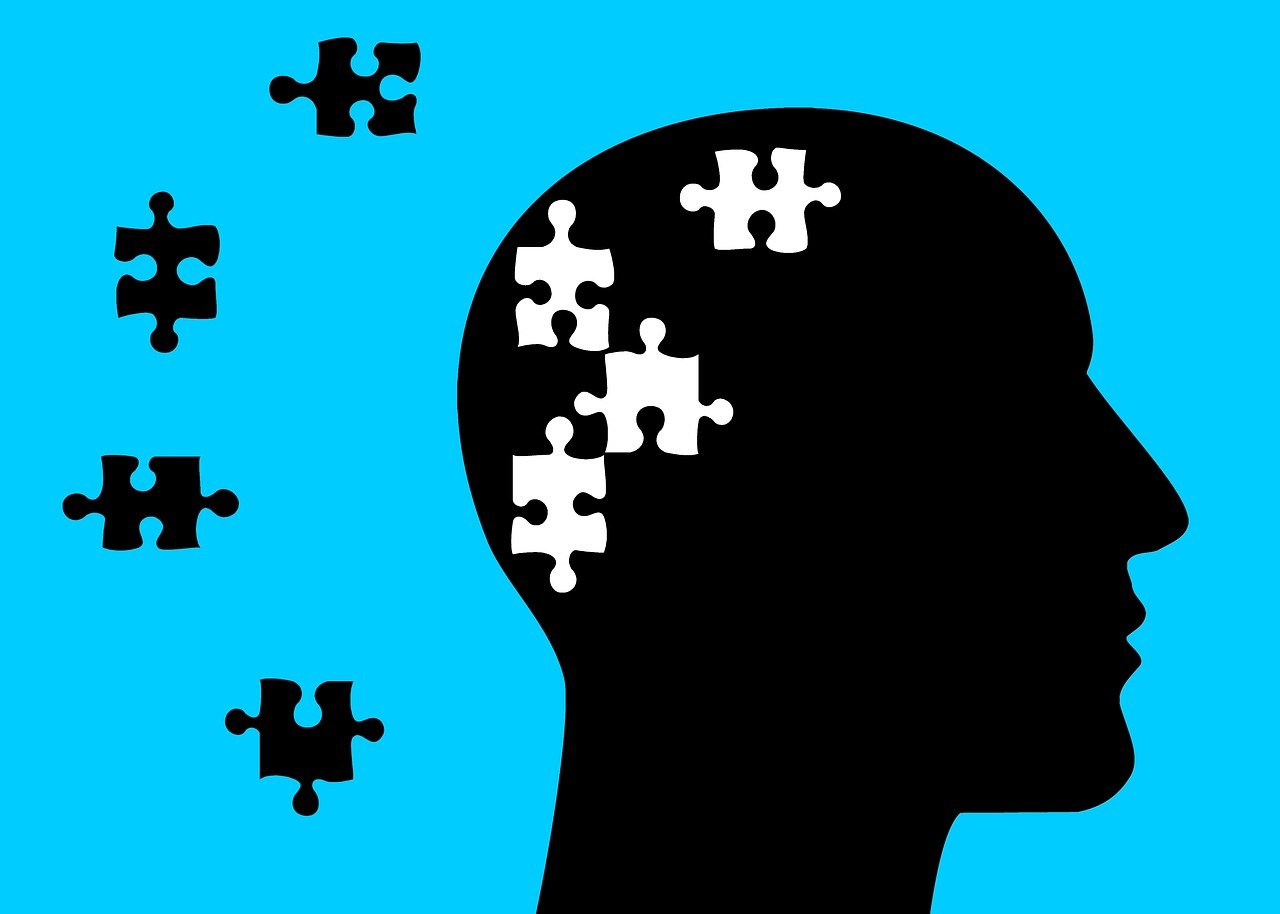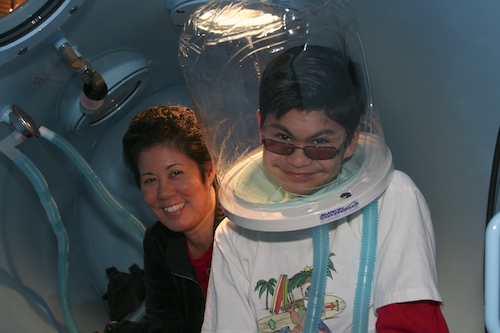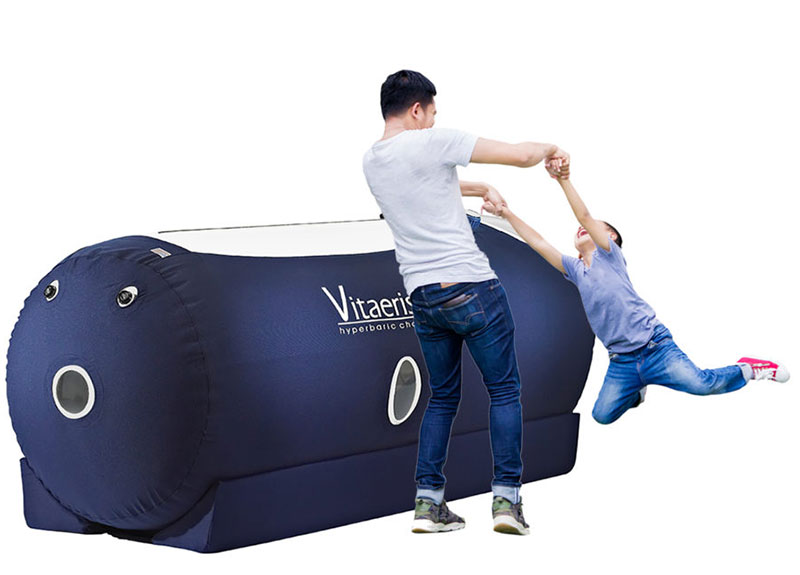One of the most serious among all public health issues, brain injury often leaves survivors with cognitive, communicative, and behavioral disabilities. To make matters worse, there has been no effective, recognized treatment so far to treat cases of traumatic brain injury (TBI).
Given the circumstances, the use of hyperbaric therapy for brain injury has been introduced and subsequently withdrawn as clinical studies offered varying results from time to time.
However, not all is a lost cause here, as some experimental trials using hyperbaric oxygen therapy (HBOT) have shown dramatic improvement for brain injury patients.
This post discusses the multifaceted benefits of hyperbaric therapy for brain injury, which might serve as a base of clinical intervention and future studies to help patients at large.
Understanding traumatic brain injury and the role of hyperbaric therapy
A brain injury is considered to be traumatic when acted upon by any form of external mechanical force. The United States alone witnesses more than ten million people affected with traumatic brain injury, and the rate of morbidity is what determines the course of this disorder as a great medical problem for society.
In case of a traumatic brain injury, the damage can either be focal or diffuse. The first kind sees the injury confined to a particular area of the brain, whereas the other involves much more than that. The symptoms may vary from being mild to severe.
Notably, there are three distinguished pathological states involving a traumatic brain injury, namely:
- Acute-Occurring immediately within 24 hours of the injury.
- Subacute-Occurring in a few days from the time of injury.
- Chronic-Starts to develop in weeks or months following the injury.
No matter what the duration, there exists quite a variable degree of irreversible damage that impacts the brain tissue, which is identified as the spot of the primary injury. Soon after, the injury leads to edema and hypoxia, raising the intracranial pressure, and release of excitotoxic neurotransmitter signals along with impaired calcium homeostasis; identified as secondary injury.
It is this investigation of secondary injury that widens the scope of treatment and intervention of hyperbaric therapy for brain injury, as deemed necessary by the attending physician.
Establishing the efficacy of hyperbaric therapy
Researches involving hyperbaric therapy have been more on the experimental side. However, the varied mechanism that promotes neuroprotection for TBI cases can’t possibly be ignored. Some of the notable, positive reversal effects of hyperbaric therapy as observed in TBI trials include:
- Increase of oxygenation across tissues
- Reduced inflammation
- A decrease in apoptosis and ICP
- Neurogenesis and angiogenesis promotion
The secondary damage in a typical TBI case depicts acute inflammatory response assuming a significant role. The process is further characterized by neutrophil activation, the release of cytokines, and microvascular adherence. It has been observed that the application of hyperbaric therapy has shown reduced inflammation (via suppression) which sets the course of treatment for TBI.
It is important to understand that maintaining a hyper oxygenated state over longer durations can lead to serious oxidative damage. However, when it is controlled for over an hour or so, it facilitates healing and does not upset the natural antioxidant system of the body.
As HBOT finds its way to trigger angiogenesis and neurogenesis, it induces differentiation and proliferation of neuronal stem cells. While studying a fluid percussion model in TBI affected rats, a good number of endothelial and glial cells, along with neurons showed a marked increment after four days of 2 ATA dosage of HBOT (10 sessions). Besides, the neuroplastic responses intensified promoting synapse remodeling and axonal sprouting, thus enhancing the locomotor responses in rats.
Such research studies are being looked upon as a base of treatment with hyperbaric therapy for brain injury across many destinations.
A promise for a better future with TBI cases
A good number of clinical trials offer compelling evidence where HBOT has shown marked improvement in the treatment of Alzheimer’s as well as multiple sclerosis. In essence, the neuroprotective effects of HBOT have gone ahead to demonstrate how things take a solen turn without any notable levels of oxygen toxicity, as observed in TBI models at 3 ATA dosage.
Alongside, the much-improved tissue oxygenation, cellular metabolism, anti-apoptosis, and anti-inflammation have made way for angiogenesis and neurogenesis that comprises multiple complementary mechanisms of HBOT.
It is due to the heterogeneous nature of brain injury within humans that hyperbaric therapy for brain injury retains a shade of controversy. Not to forget the delayed forms of treatment, improper paradigms of administering the therapy, and subjective ways of measuring outcome have contributed to a great deal to misinterpret the results of a positive recommendation for the suffering patients.
Nevertheless, such studies and research insights undeniably contribute to an extensive clinical influence of hyperbaric therapy for treating TBI cases.
Conclusion
By all means, hyperbaric therapy for brain injury has shown quite a dramatic enhancement in bettering several neurological conditions. Such outcomes are rewarding, considering the fact that TBI patients depend on nothing more than palliative care. Unfortunately, hyperbaric therapy is due for its recognition at a wider scale, crippling under medical research biases, low accessibility owing to high cost, and not so generous coverage under medical insurance.




